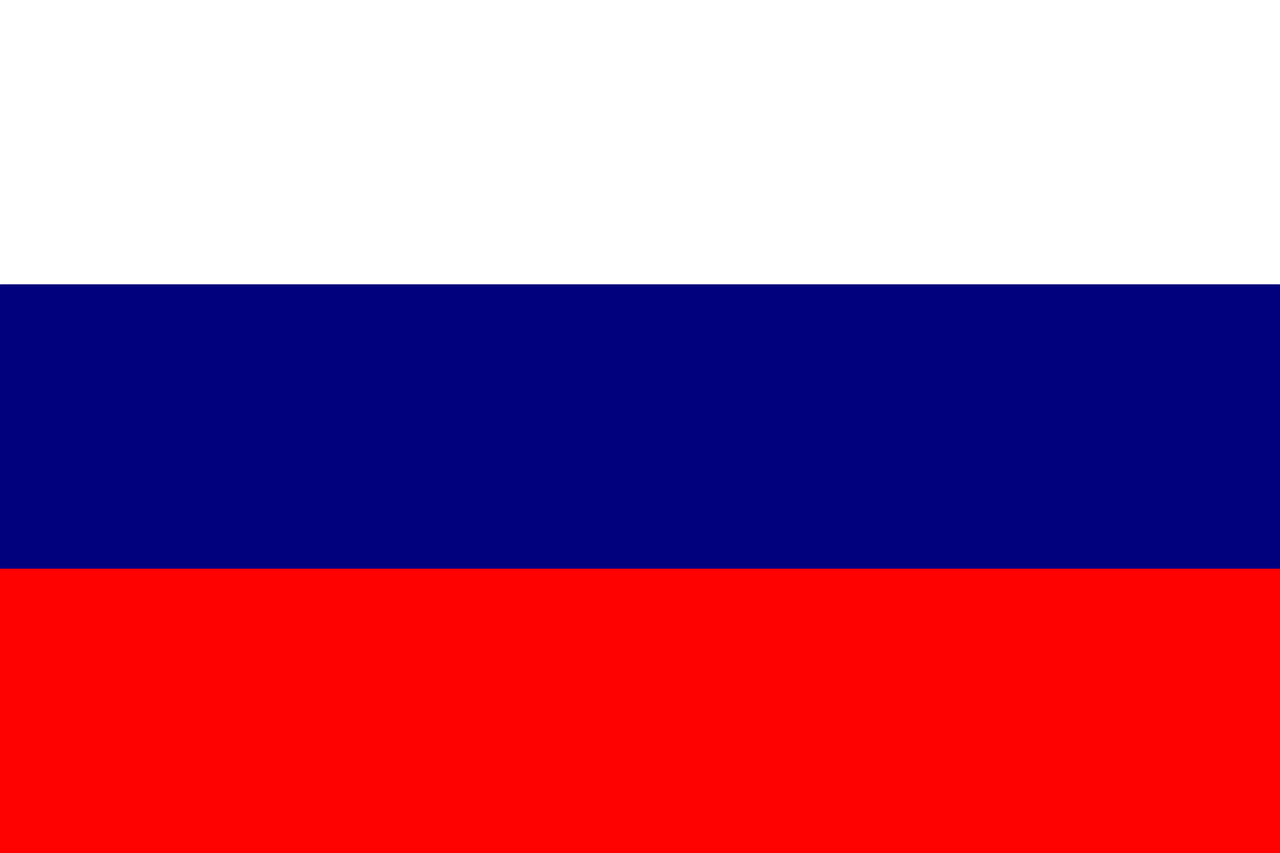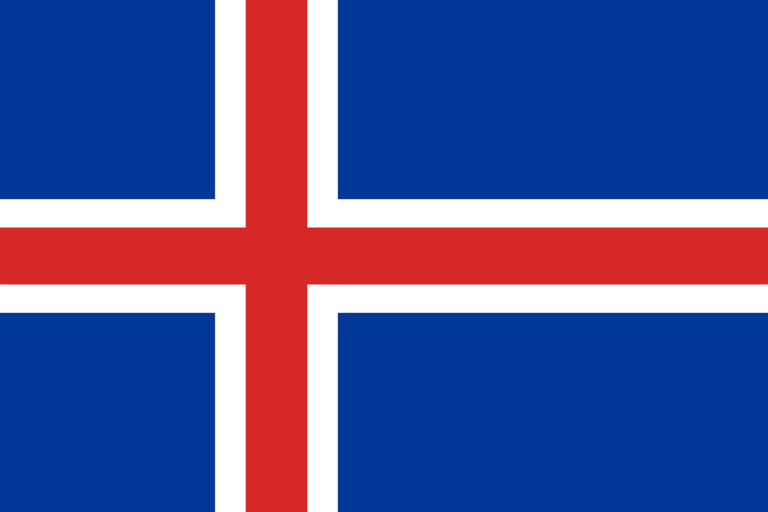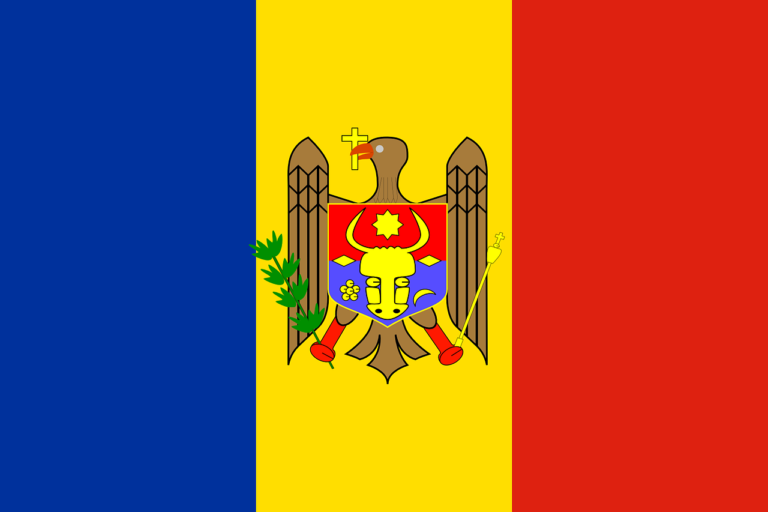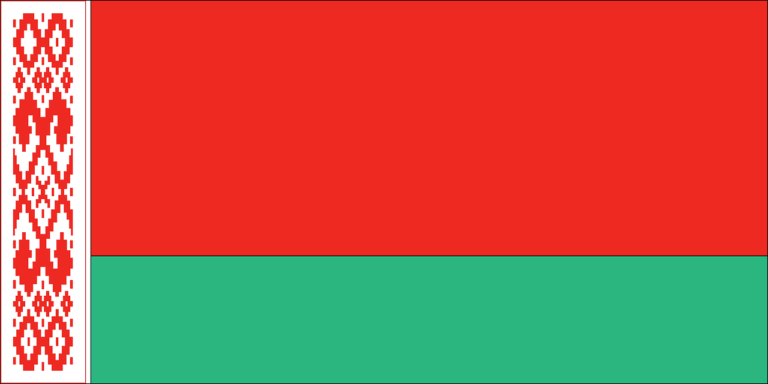Flags serve as powerful symbols, representing the history, values, and aspirations of a nation. The national flag of Russia, with its distinctive design and profound symbolism, stands as an emblem of Russian identity, cultural heritage, and national pride. In this blog post, we will explore the captivating story behind the Russian national flag, delving into its origins, symbolism, historical significance, and its enduring importance in Russian society.
Origins and Design:
The Russian national flag, commonly known as the “Tricolor,” consists of three equal horizontal bands of white, blue, and red. The white band symbolizes nobility, purity, and integrity. The blue band represents loyalty, faithfulness, and truth. The red band signifies courage, valor, and love for the motherland. The flag’s design reflects the profound historical and cultural legacy of Russia.
Symbolism and Meaning:
Each color on the Russian national flag holds deep symbolism. The white color represents peace, unity, and the vastness of Russia’s territory. It embodies the aspirations for a harmonious society and the preservation of national identity. The blue color symbolizes loyalty, faith, and the Russian people’s commitment to their country and its values. The red color signifies courage, bravery, and the sacrifices made by the Russian people throughout history to protect their land and preserve their traditions.
Historical Significance:
The adoption of the tricolor design for the Russian national flag can be traced back to the late 17th century during the reign of Peter the Great. It became the official flag of the Russian Empire and endured various transformations during different periods of Russian history. The flag has witnessed momentous events, including the Russian Revolution and the establishment of the Soviet Union. It later regained prominence as the national flag of the Russian Federation following the dissolution of the Soviet Union.
Cultural and National Identity:
The Russian national flag holds immense cultural and national significance for the Russian people. It is proudly displayed during national holidays, sporting events, and public gatherings, symbolizing the shared values, heritage, and pride of the Russian nation. The flag fosters a sense of unity, identity, and patriotism among the Russian population, reinforcing their cultural heritage and aspirations for a prosperous future.
International Recognition and Influence:
The Russian national flag is recognized globally as a symbol of Russian culture, heritage, and national identity. It represents Russia at international events, diplomatic missions, and sporting competitions, reflecting the country’s contributions to the global community. The flag’s design and symbolism have also influenced various artistic and cultural expressions, showcasing its impact and recognition beyond national borders.
The Russian national flag, with its iconic tricolor design of white, blue, and red, serves as a powerful symbol of heritage, unity, and national pride. It embodies the values of peace, loyalty, and courage that are deeply ingrained in Russian culture and history. The flag stands as a constant reminder of Russia’s rich cultural legacy, shared aspirations, and the indomitable spirit of its people. As Russia continues to evolve and shape its future, the national flag will remain a cherished emblem, representing the unity, pride, and unwavering commitment to the progress and prosperity of the Russian Federation.






